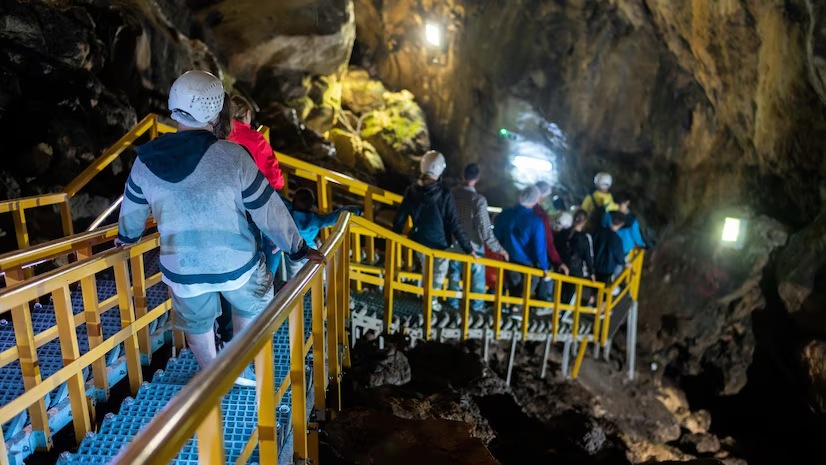The world we live in is built on the foundation of various minerals. From the concrete beneath our feet to the glass in our windows, non-metallic minerals play a crucial role in modern infrastructure and everyday life. But who extracts these valuable resources? The answer lies in the often-overlooked field of non-metallic mineral mining and quarrying.
This blog delves into the world of non-metallic mineral extraction, exploring its potential as a career path. We’ll weigh the pros and cons, analyze the job outlook, and shed light on the skills and qualifications needed to thrive in this industry.
What is Non-Metallic Mineral Mining & Quarrying?
Unlike its metallic counterpart that focuses on extracting precious metals, non-metallic mineral mining and quarrying deals with the retrieval of a vast array of materials excluding fuels. This extensive category encompasses:
- Industrial minerals: Limestone, used in cement production; sand, essential for construction; and clay, a key component in ceramics and bricks.
- Construction minerals: Crushed stone serves as a vital aggregate in road building, while dimension stone finds use in countertops and monuments.
- Chemical minerals: Potash, a crucial fertilizer ingredient, and salt, are necessary for various industrial applications.
Is it a Viable Career Choice?
Pros:
- Demand: The construction industry thrives on a constant need for building materials, ensuring a steady demand for non-metallic minerals. This translates to stable job opportunities.
- Compensation: The Bureau of Labor Statistics (BLS) reports that mining and quarrying occupations have a median annual wage (https://www.bls.gov/oes/) exceeding the national average.
- Diversity: The industry offers a variety of roles, from equipment operators and maintenance personnel to geologists and environmental specialists.
Cons:
- Physical Demands: Mining and quarrying involve physically demanding tasks like operating heavy machinery and working in potentially harsh weather conditions.
- Safety Concerns: The industry inherently carries safety risks associated with working with explosives, operating large equipment, and exposure to dust and other environmental hazards.
- Environmental Impact: Mining activities can have a significant impact on the environment, requiring a commitment to sustainable practices and adherence to environmental regulations.
Job Outlook:
The BLS projects a 4% growth in employment for mining and quarrying occupations over the next decade (https://www.bls.gov/oes/). This growth, while slower than the national average, reflects the continued demand for construction materials.
Skills and Qualifications:
- Technical Skills: Operating and maintaining heavy machinery like excavators and dump trucks is a primary requirement.
- Physical Fitness: Strength, stamina, and the ability to work in challenging environments are essential.
- Safety Awareness: Strict adherence to safety protocols and a strong understanding of hazardous material handling is crucial.
- Environmental Regulations: Knowledge of environmental regulations and commitment to sustainable practices are becoming increasingly important.
Beyond the Basics:
A career in non-metallic mineral extraction extends beyond just working at the quarry. There are opportunities in:
- Geoscience: Geologists play a vital role in locating and assessing mineral deposits.
- Engineering: Civil and environmental engineers design and oversee the safe and sustainable extraction of minerals.
- Reclamation: Specialists plan and implement strategies to minimize the environmental impact of mining operations and restore mined lands.
The Final Verdict:
A career in non-metallic mineral mining and quarrying offers a unique blend of stability, good compensation, and diverse job opportunities. However, it’s crucial to acknowledge the physically demanding nature of the work, the inherent safety risks, and the environmental considerations. Individuals seeking a career that involves working outdoors, operating heavy machinery, and contributing to the foundation of our built environment may find this field fulfilling.
Additional factors to consider:
- Location: Job opportunities may vary depending on the geographical location and the presence of exploitable mineral resources.
- Advancement: Upskilling through additional training and certifications can lead to supervisory roles or advancement into related fields like geoscience or engineering.
Conclusion:
Choosing a career path requires careful consideration of individual interests, skills, and risk tolerance. While non-metallic mineral mining and quarrying present a viable option with its own set of challenges and rewards, a thorough understanding of the industry’s demands is essential before making an informed decision.

